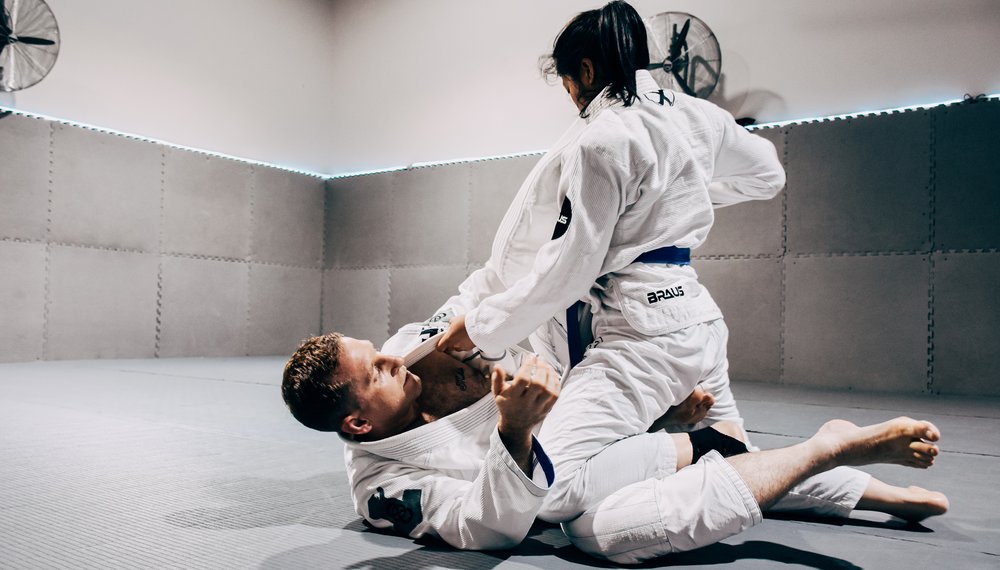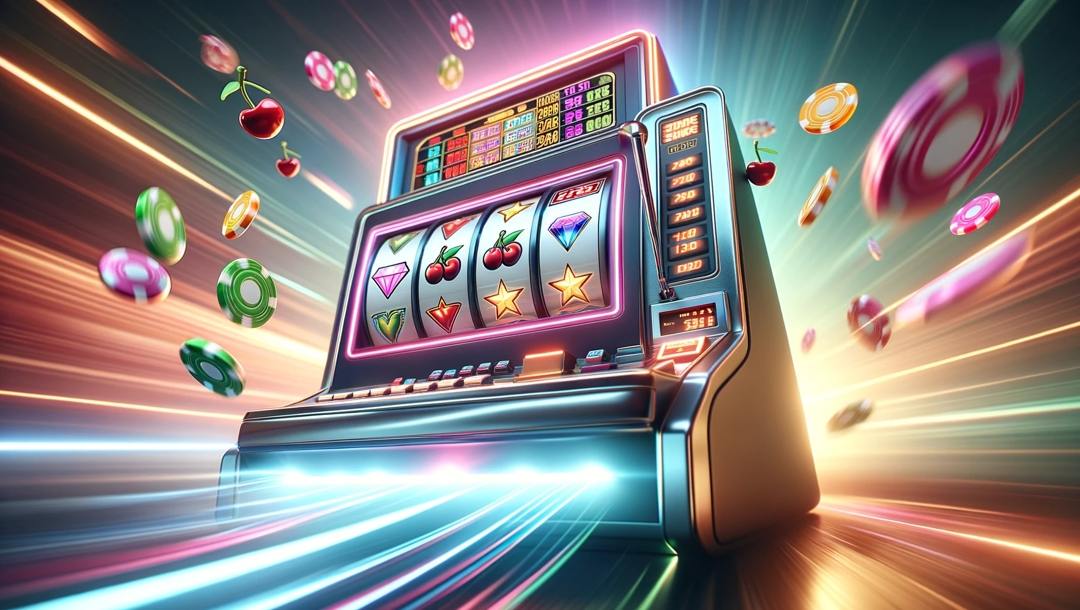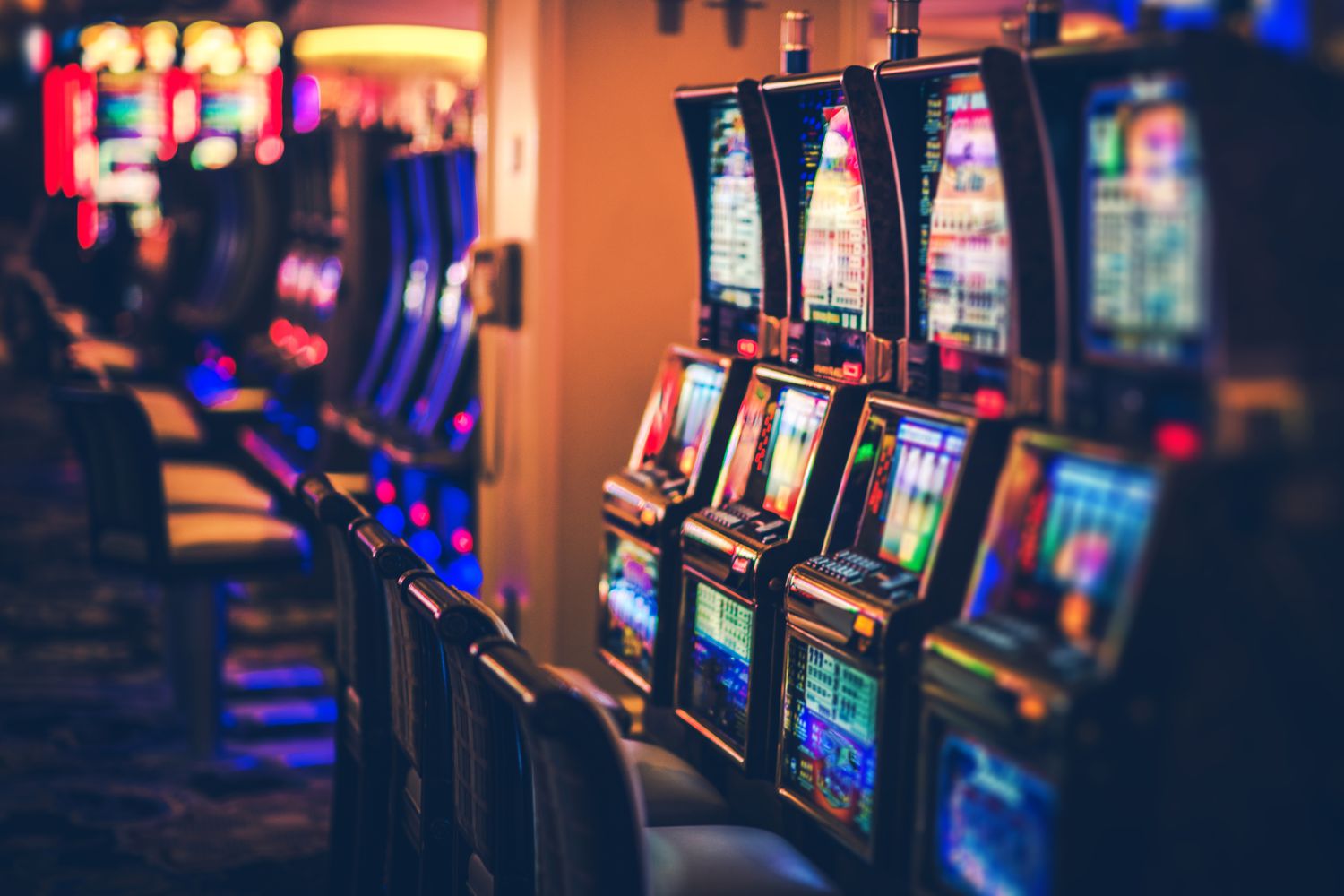Brazilian Jiu-Jitsu (BJJ) is a graceful martial art and combat sport focusing on grappling and ground fighting. As students progress through the ranks, they embark on a transformative journey of developing technique, skill, and character. The art of BJJ instils many positive traits in those who train diligently.
A Brief History of Brazilian Jiu-Jitsu
BJJ originated in Brazil in the early 1900s, adapted from traditional Japanese Jujutsu by Carlos and Helio Gracie. The Gracie family began promoting vale tudo (no holds barred) fights to demonstrate the effectiveness of their techniques against larger opponents. Over time, BJJ evolved into a refined martial art and international sport with a vital self-defence aspect.
Fundamental principles of BJJ include using leverage, proper technique, and positioning to overcome strength and size disadvantages. Students aim to take opponents to the ground and achieve dominant positions to set up submissions. The art continues to grow in popularity globally thanks to promotions like the Ultimate Fighting Championship.
The Journey from White Belt to Black Belt
In BJJ, skill progression is denoted by coloured belts. The journey typically spans many years of diligent training across five belt levels:
White Belt
White belt represents the beginner phase, where fundamentals like posture, basic positions, and defence are learned. The curriculum covers escapes like the bridge and shrimp, maintaining guard, and achieving mount. Stripes may be awarded to indicate progress. The white belt phase focuses intensely on defence and survival.
Blue Belt
After two years of consistent training, white belts advance to blue belts. Here, the focus shifts to developing offence and learning intermediate techniques like side control, the back mount, and submissions like the rear naked choke. Blue belts refine their skills and begin competing at tournaments.
Purple Belt
At the purple belt, BJJ starts to click into place. Advanced sweeps, passes, submissions, and transitions are honed. Training becomes more strategic and specialised to suit competitors or self-defence. Purple belts spend years perfecting technique and mat awareness until they can outclass lower ranks.
Brown Belt
The brown belt has thoroughly mastered advanced techniques and the BJJ system. They display creative, instinctual skills and can dominate lower belts effortlessly. Brown belts typically coach, develop their unique style, and demonstrate leadership. Promotion to black belt is within reach after several more years of proven expertise.
Black Belt
The black belt represents the highest proficiency in Brazilian Jiu-Jitsu. At this elite rank, the student has internalised the core principles and displays a creative, refined style. Black belts are regarded as experts and continue progressing to earn degrees like 2nd-degree or 10th-degree red-and-black belts. Few students ever attain the mastery of a black belt.
How Brazilian Jiu-Jitsu Cultivates Positive Traits
The journey through the belt system instils many positive traits beyond fighting skills:
Discipline
Becoming an expert in BJJ requires intense, consistent training for many years. This fosters extraordinary discipline to keep showing up and pushing the skills forward. Students must eat, sleep, and live the lifestyle of a martial artist.
Patience
Skills and rank advancement take time. Students must exercise patience and trust the process, especially when progress seems slow. Belt promotions are earned through proven consistency over time, not a rush to the next level.
Resilience
BJJ training is challenging and gruelling. Pushing through fatigue, injury, and plateaus requires grit and resilience. The art forces students to face weaknesses and forge mental toughness.
Self-Control
Despite the intensity, students must keep their composure and egos in check. BJJ teaches self-control, especially when sparring. Lower ranks quickly learn not to use excessive force against beginners.
Humility
There is always more to learn. BJJ has been humbling for MMA fighters and world champions alike. A willingness to learn from anyone and never underestimate an opponent are hallmarks of a BJJ master.
Conclusion
The journey from white to black belt in Brazilian Jiu-Jitsu is an all-encompassing, lifelong path. It takes an immense amount of time, sweat, discipline, and passion. Those who fully dedicate themselves to the craft are rewarded with technical mastery, character growth, and fulfilment. While the road is long, the destination of black belt excellence is achievable through consistent, mindful training in places like Baringa jiu jitsu.



